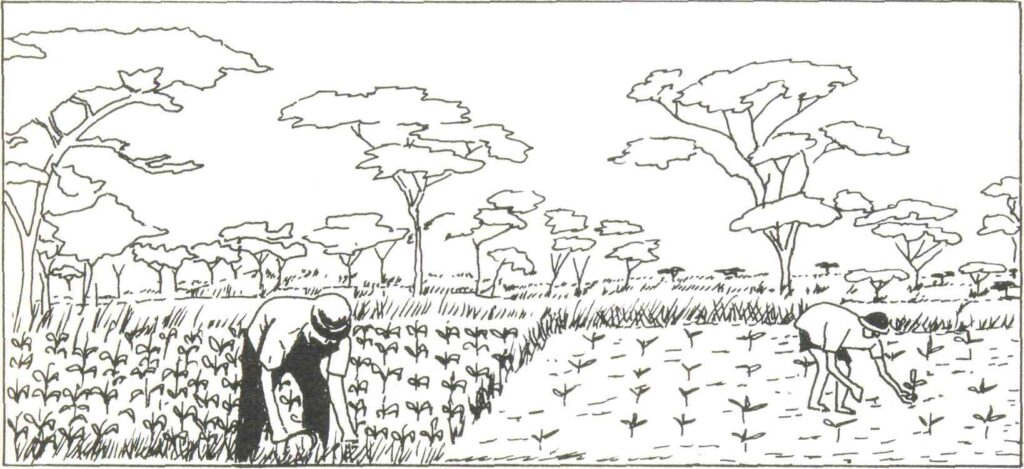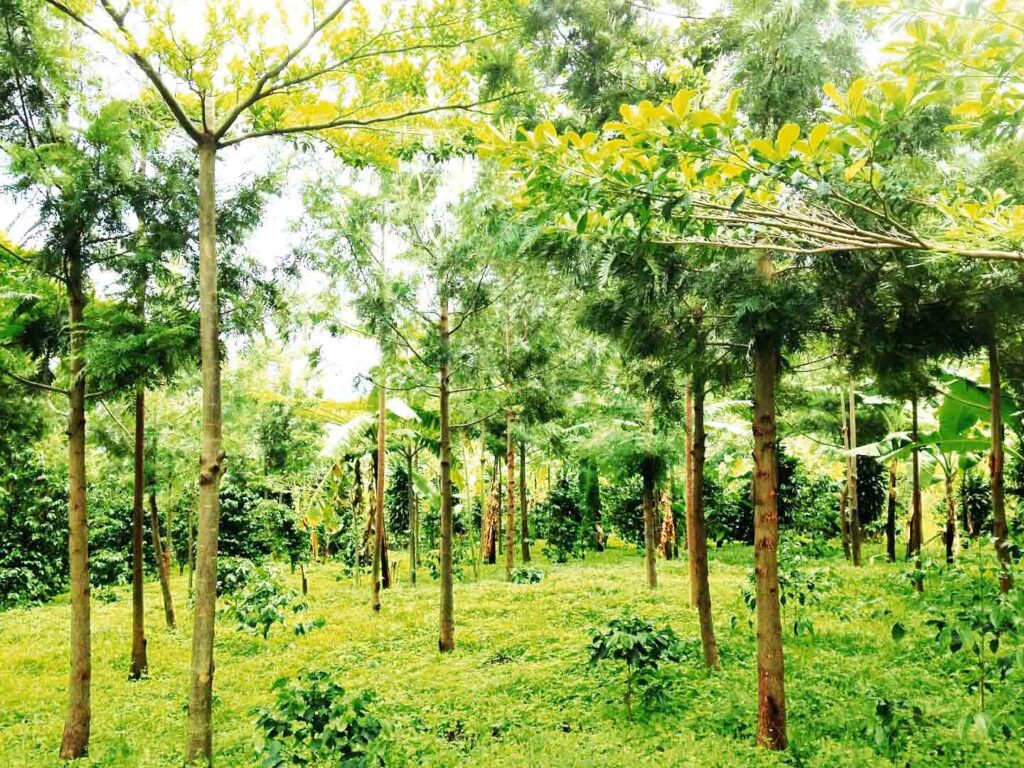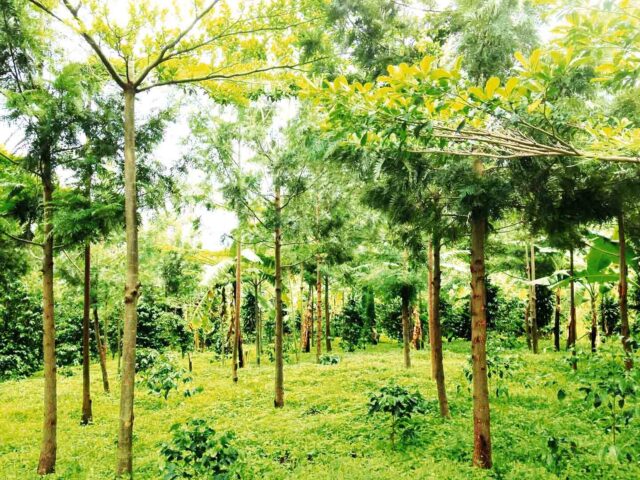By Pauline Akello
In a move to fight global warming and its effects on the environment, the green movement is becoming more and more popular, gaining momentum daily.
Many popular systems and programmes have been embraced to help restore some of Earth’s depleted resources; one being agroforestry.
This is one of the practices that have been encouraged by environmentalists.
From the word itself, you are probably able to see that it has something to do with combining agriculture and forestry.
Although it is practiced worldwide, in both tropical and temperate regions, agroforestry has been most extensively practiced in developing nations.
Principles
Agroforestry is a system that combines methods developed in the fields of agriculture and forestry to promote sustainability.
It promotes the planting of trees that can potentially become agriculturally productive.
William Mawenu, a forest officer at the Ministry of Water and Environment, says the aesthetic value is not a central principle of agroforestry.
Rather, the aim of landowners who implement agroforestry methods of growth is to derive specific benefits from the trees they have planted.

This term is defined as a unit of land use management systems and practices.
According to Mawenu, in agroforestry, usually shrubs, trees or bamboos are cultivated as agricultural crops surrounding pasture lands or farms.
Since human consumption is a major reason for the Earth’s diminishing resources, one step toward replenishment is the implementation of certain agroforestry practices.
In general, agroforestry is practiced on large tracts of land, such as rangelands, farmlands, among others.
In theory, however, the principles and practices that comprise the agroforestry resources management system can be applied to all fertile lands.
Several common agroforestry practices have proven successful. For example, alley cropping is a method that entails the planting of trees between shrubs or other trees that are already grown in.
Another practice is the planting and growth of trees, called riparian forest buffers near water bodies.
Another principle is the integration of forestry and grazing land, which is called silvopasture.
Beyond these agroforestry practices, a landowner also needs to decide which trees to plant.
Different trees have different roles to fulfill. For example, fertilizer trees are especially useful for soil health and land regeneration.
On the other hand, fodder trees are a good idea if a forester is looking to improve livestock production.
How it works
“Essentially, this works through intercropping; growing two or more crops in the same field, in this case both woody and non-woody plants,” Mawenu explains.
He adds that a landscape assessment done first, will look at the condition of the land’s resources within a larger planning area, determining the relationship between the landscape structure, environment, and agroforestry.
A local resource agency or planning organization should be able to help you with such an assessment.
Importance
Agroforestry can play a significant role in the production of crops given that the changing climate is influencing the world’s net crop productivity.
Mawenu says that like a more formal option, it is a very good ecologically based natural resources management system that was devised to promote sustainability within economic, environmental and social sectors.
Agroforestry could help replenish our natural resources as well as help fuel the slow economy, while improving food production capacities caused by increased soil erosion.
The proven environmental and economic impacts with the reduction in poverty levels can be attributed to agroforestry as well.

Due to increased production of agroforestry products, there is reported increase in soil fertility, accessible wood for farmers, protection of other areas from deforestation or depleted woodlands.
There is the obvious diversity in farm tree crops, as well as provision of some protection against the climate changes seen worldwide and without a doubt, accessible medicinal trees, which provide medication around the globe.
“In addition, the ecosystem could be improved due to the adequate use of natural resources in agroforestry.
“The country is in direct need of climate change adaptation strategies and agroforestry can help against climate change by understory crops,” Mawenu adds.
Arnest Namanya,an enviromentalist, says agroforestry increases soil fertility when leaves fall off and rot to form manure. He says these add nutrients to the soil.
Namanya says trees also provide shade that keeps soil moist, thereby retaining fertility.
Constraints
He also notes that agroforestry can have multiple benefits, but constraints in its application.
The farmers, too, are not welcoming of the practice. The reasons include lack of personnel, funds and markets for fruits (for those that plant fruit trees).
Also, people are not educated enough to welcome new techniques.
Additionally, poor farmers are afraid of losing their land to establishment, due to the cultivation of trees.
The absence of technical assistance is a key hindrance that restricts the application of agroforestry.






















